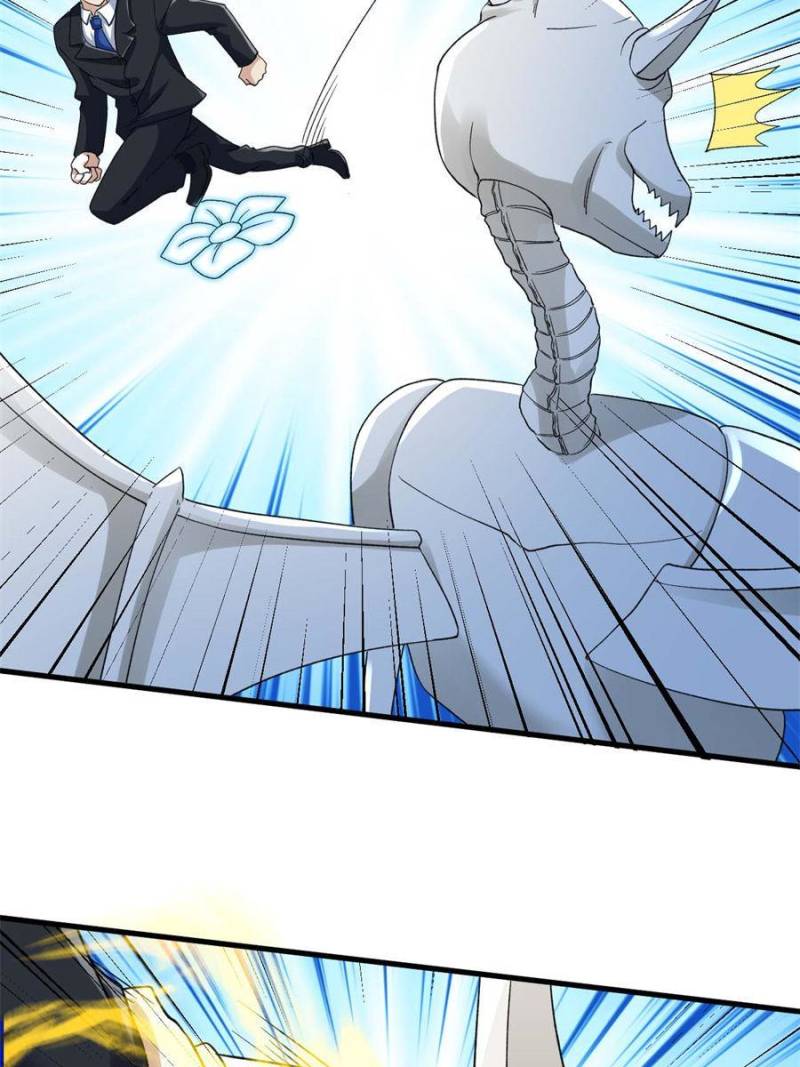

#4 TYPES OF SYMMETRY IN ART FULL#
A shape or pattern has rotational symmetry when it looks the same after being rotated less than one full turn. And not only that the objects from both sides of the axis look the same, only as reflected in a mirror. Paper Cut Aliens (2nd Grade) art lesson. What are the four types of symmetry The four types of symmetry are rotational, translational, reflection, and glide reflection. Symmetrical balance is a type of visual balance where a work of art is composed in such a way that all visual objects are equally distanced from the central axis, or the central point, of the design.Starting with a pattern of squares can produce a resulting tessellation with an order 4 rotation and symmetry group p4. Kaleidoscope Radial Symmetry (2nd Grade) art lesson. Other examples of Type III tessellations are Sketch 90 (Fish) and Sketch 93 (Fish), where in the latter the eyes and mouths of the fish destroy the rotation symmetry of the silhouette.Elongated & Symmetrical Portrait (2nd Grade) art lesson.can create asymmetrical balance in a composition. Show students the images below and talk about the balance in each piece of art. Is it asymmetrical or symmetrical? What makes the balance in the asymmetrical works? Sample Projects: Show students symmetrical and non-symmetrical balance and talk about how color, size, position, line, etc. Radial symmetry means the weight of the image or form radiates from a center point. Balance (Symmetry/Asymmetry) Symmetrical balance (or Symmetry) means that the work of art is the same on one side as the other, a mirror image of itself.Asymmetrical balance (or Asymmetry) means that the two halves of the work of art are different, however, try to create balance. In other words, although the sides may not be exactly the same, there will be elements that interact in a way that makes each side equally important.Symmetrical balance (or Symmetry) means that the work of art is the same on one side as the other, a mirror image of itself, onboth sides of a center line.
_Dobson_-_Prince_Rupert_of_the_Rhine_German_soldier_who_fought_on_the_Royalist_side_in_the_-_(MeisterDrucke-1052809).jpg)
If a composition appears top- or bottom-heavy and/or anchored by weight to one side, it is not visually balanced.

Art Concept: Balance (Symmetry/Asymmetry)īalance: a principle of design the arrangement of elements that makes individual parts of a composition appear equally important an arrangement of the elements to create an equal distribution of visual weight throughout the format or composition.


 0 kommentar(er)
0 kommentar(er)
